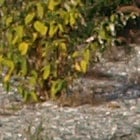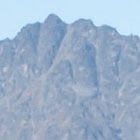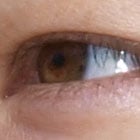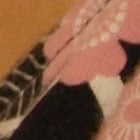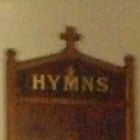Olympus E-3
-
-
Written by Gordon Laing
Olympus E-3 gallery
| ||||||||||||||||||||||||||||||||||||||||||||||||||||||||||||||||||||||||||||||||||||||||||||||||||||||||||||||||||||||||||||||||||||||||||||||||||||||||||||||||
The following images were taken with the Olympus E-3 fitted with the Zuiko Digital 12-60mm 1:2.8-4 SWD lens. The E-3 was set to Large Fine JPEG quality, Auto White Balance, ESP with AF metering and the Natural Picture Mode with Normal Graduation; Noise Reduction and the Noise Filter were set to their ON and STD settings respectively. In-camera Image Stabilisation was enabled for all these handheld shots
The individual exposure mode, file sizes, shutter speeds, aperture, ISO and lens focal length are listed for each image.
The crops are taken from the original files, reproduced at 100% and saved in Adobe Photoshop CS2 as JPEGs with the default Very High quality preset, while the resized images were made in Photoshop CS2 and saved with the default High quality preset.
The three crops are typically taken from far left, central and far right portions of each image.






